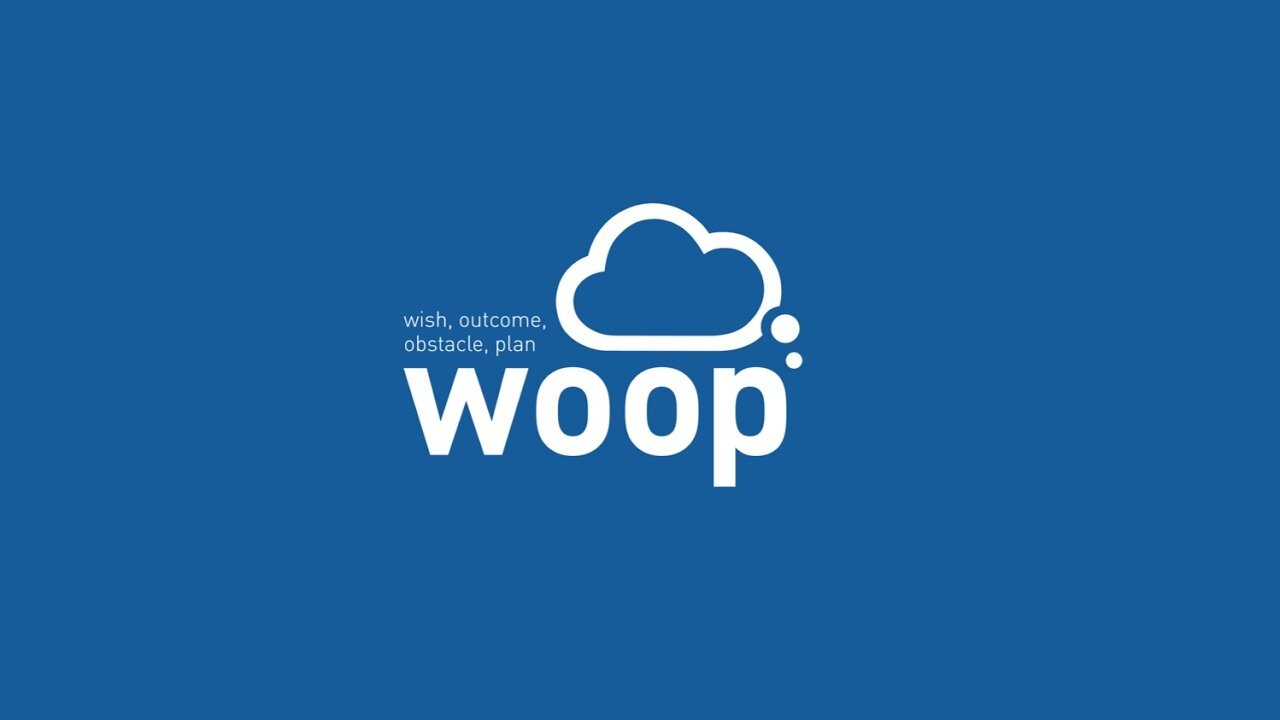WOOPING IT UP!
This past weekend I had the privilege of attending the University of Pennsylvania’s Annual Positive Psychology Summit. This program brings together hundreds of people focused on human flourishing to learn from leaders in the field.
At Sunday morning’s session, we heard from Gabriele Oettingen, a Professor of Psychology at NYU. Her research focuses on how individuals think about the future and the impact this has on cognition, emotion, and behavior. She walked us through the WOOP model which is simple, yet impactful, and I wanted to share it with you.
WOOP is an acronym for:
Wish
Outcome
Obstacle
Plan
I will outline the steps in the process while also providing an example.
STEP 1:
What is your wish? This should be something within reach that can be achieved in a reasonable timeframe (say, 4 weeks.)
Example - Lose 5 pounds in the next 4 weeks through healthier eating.
STEP 2:
Take a few moments to visualize what the outcome might be of realizing this wish.
Example - My clothes will fit better and I will have more energy from eating healthy.
STEP 3:
What might be an obstacle to achieving this goal?
Example - I love sugar and know that I will be attending a birthday party this weekend with tempting desserts.
STEP 4:
Create a plan to overcome that obstacle. Use an “If /Then” statement to create a decision pathway for the outcome you desire.
Example - If they serve delicious desserts, then I will have a plate of fruit to satisfy my sweet tooth.
If you’d like to explore some of the research behind the model or get more information, click here. There is also a free app for your mobile devices!
In case you are wondering, the example above is real (while I had a great time at Penn this past weekend, I overindulged and intend to WOOP myself back into shape!)
How will you use WOOP?
WANT MORE PRODUCTIVITY TIPS?
Check out Super-Productive: 120 Strategies to Do More and Stress Less.
Available on Amazon.


